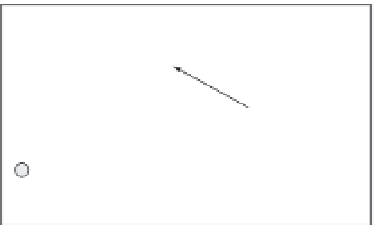Geology Reference
In-Depth Information
to place tight chronological constraints on at least 30 earthquakes that were recognized in
the stratigraphic record. The record stretches back for some 5000 years (see figure B),
and, although the middle interval from
∼
1500 BC to 500 AD is not yet fully explored,
this reconstruction is currently the world's highest-quality, long-term earthquake
reconstruction!
Earthquake Time Series
0.5
Data Quality
Exceptional
Below average
”Upper Section”
0.4
Average
0.3
”Deep Section”
”Middle Section”
0.2
5 earthquakes
0.1
0.0
B
-3000
-2500
-2000
-1500
-1000 -500
0
500
1000
1500
2000
BC Calendar Year AD
B. Earthquake time series, Wrightwood.
We can use these data to test whether the earthquake behavior here is either time or slip
predictable (see Fig. 4.4). For example, for slip-predictable behavior, a one-to-one correlation
should exist between the duration of the previous interseismic interval and the magnitude of
slip (see figure C), whereas for time-predictable behavior, the magnitude of slip should linearly
correlate with the time until the next earthquake (see figure D). Neither of these models does
a good job of describing the behavior of the San Andreas earthquakes at this site.
Slip Predictable Test
10
Time Predictable Test
200
Slip
predictable
8
150
6
Time
predictable
100
4
50
2
0
0
0 50
Length of previous interseismic period (yr)
100
150
200
0
1
2
3
4
5
6
7
8
9
10
C
D
Earthquake displacement (m)
C. Wrightwood data on slip predictability. D. Wrightwood data on time predictability.


















































































































































































